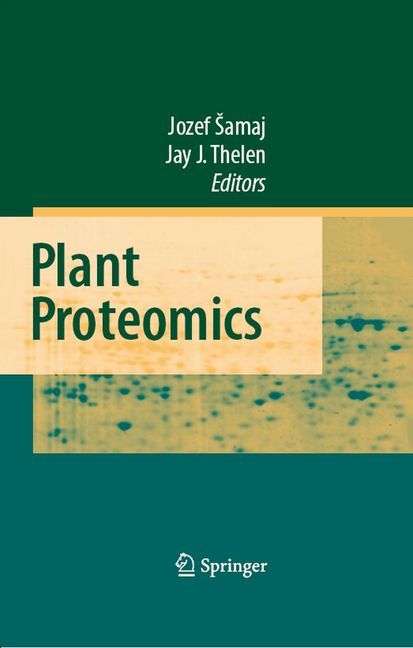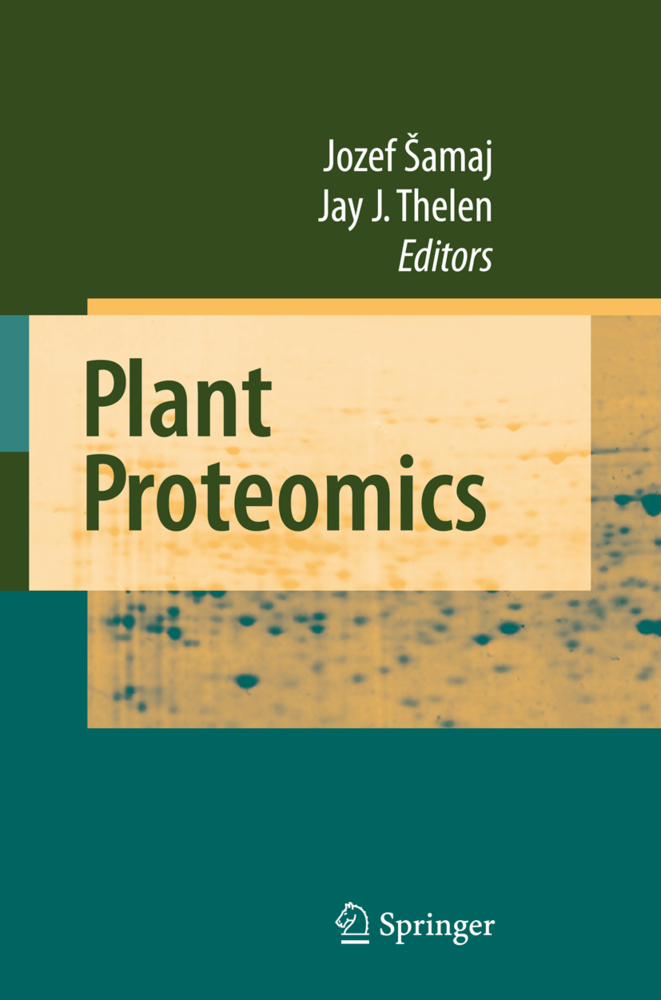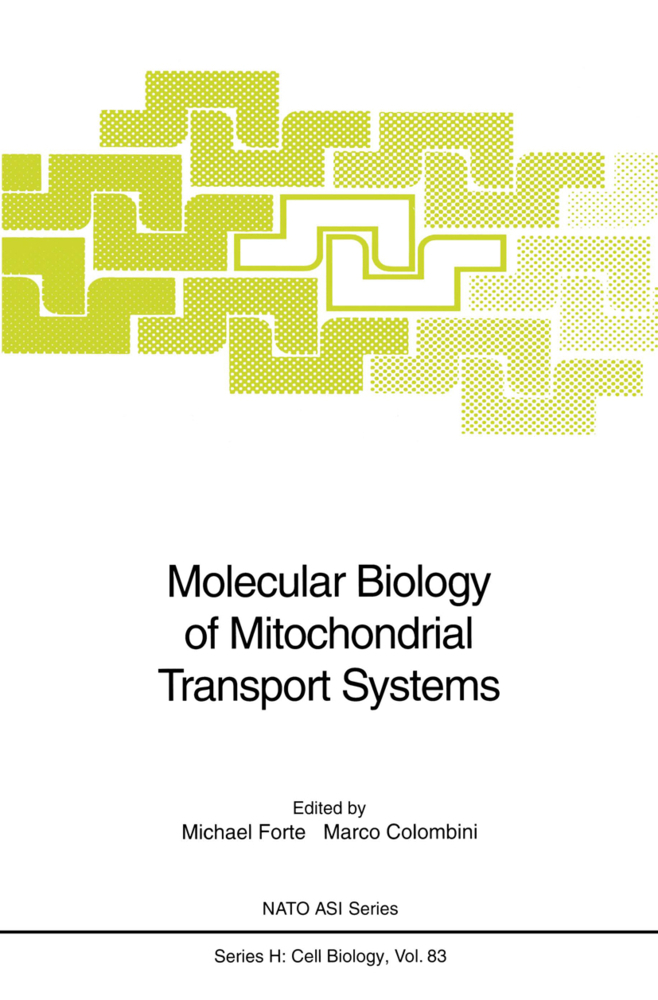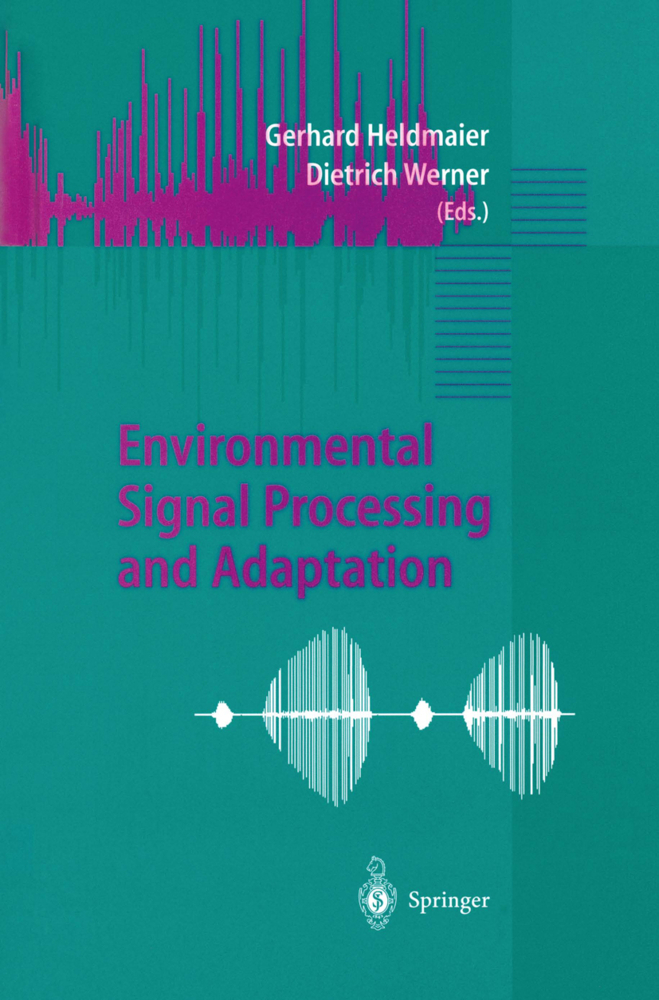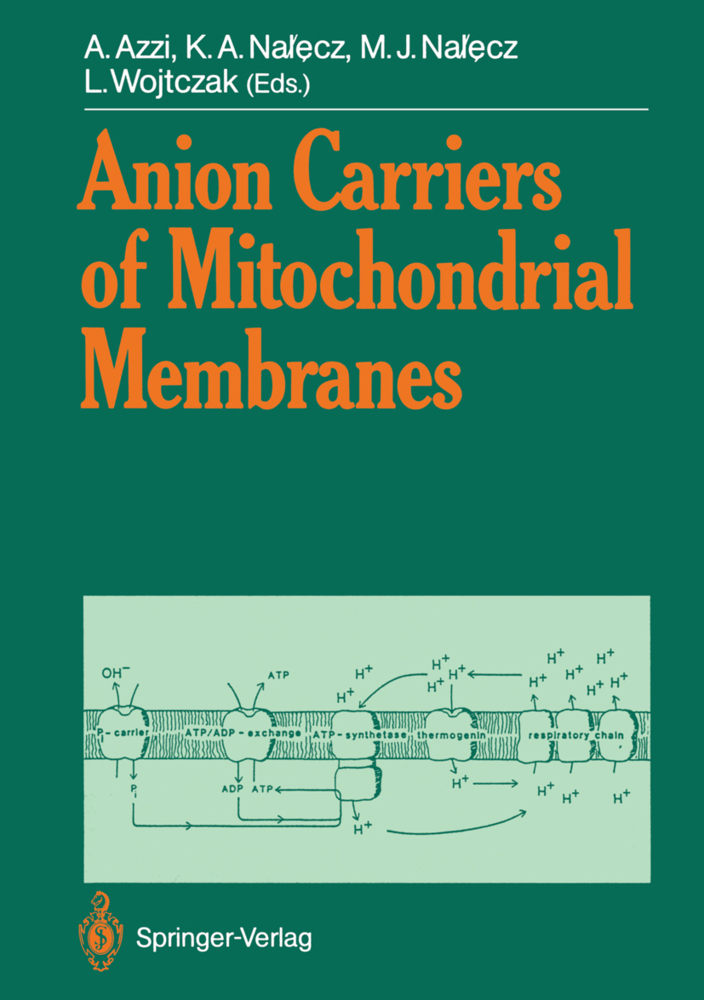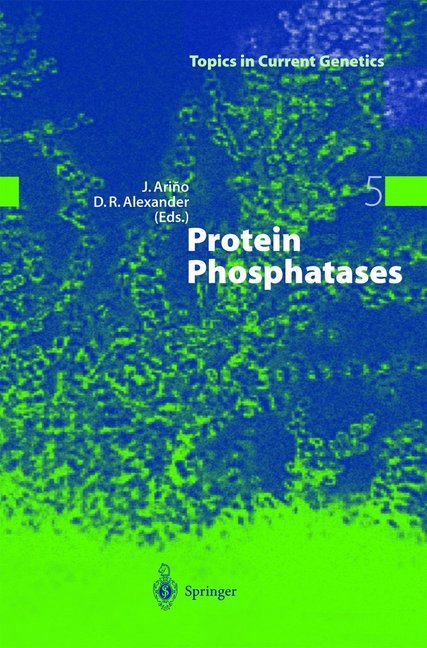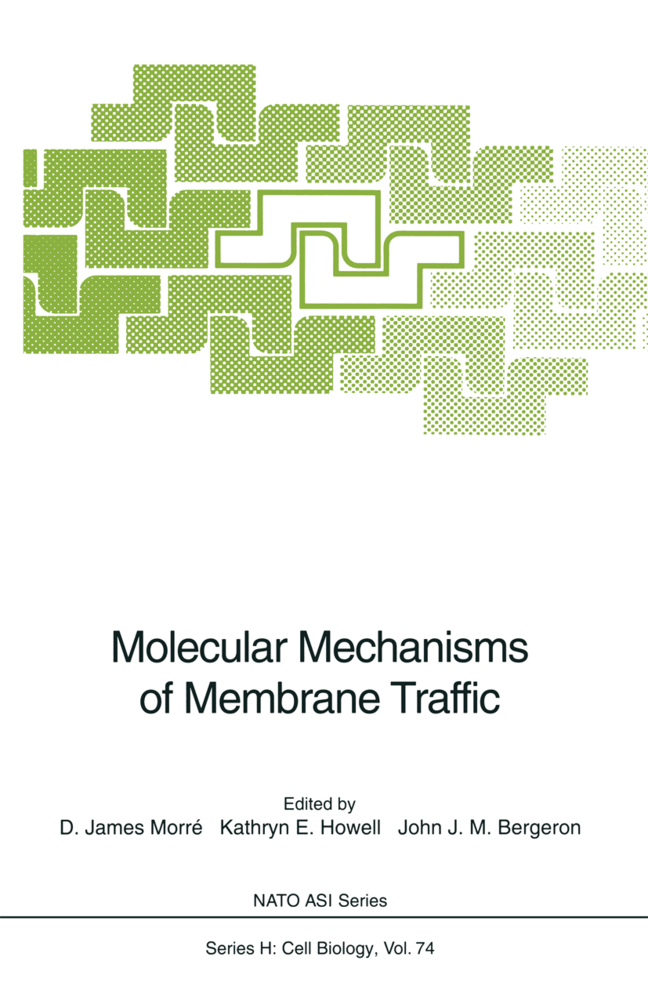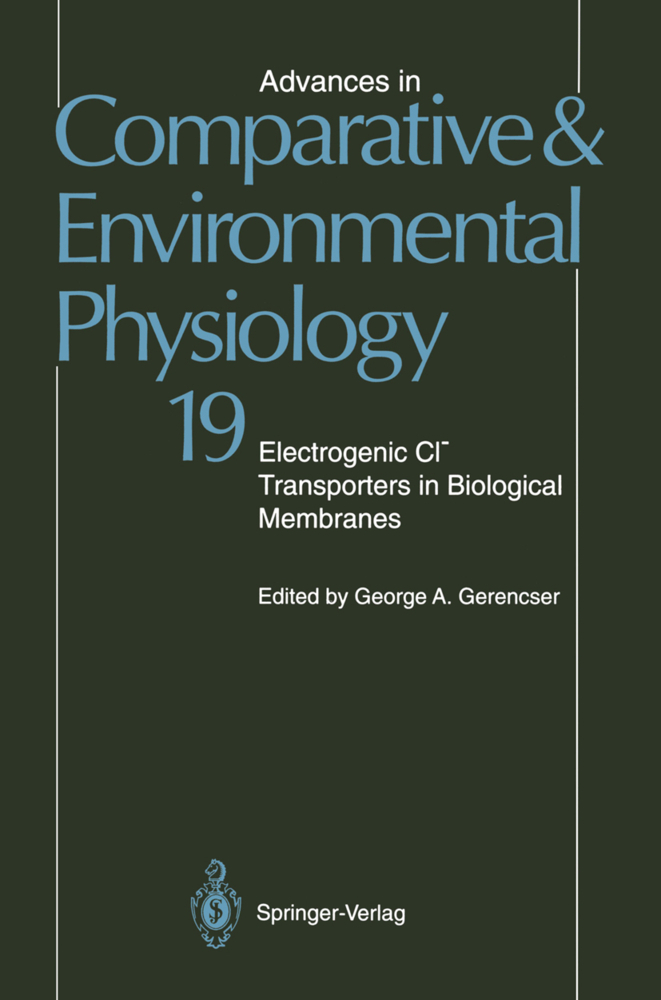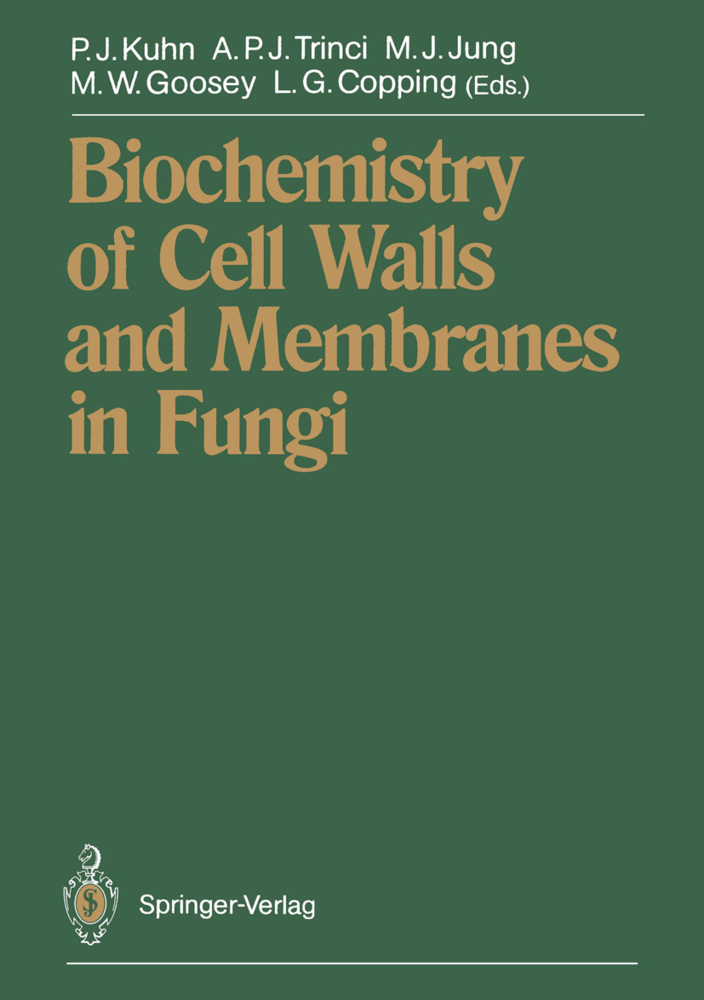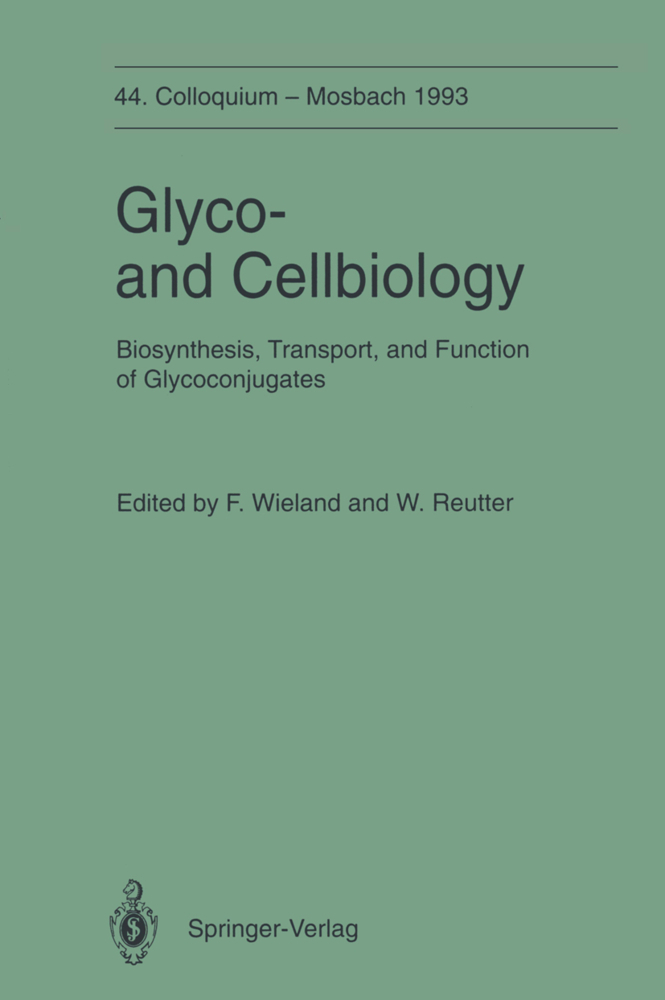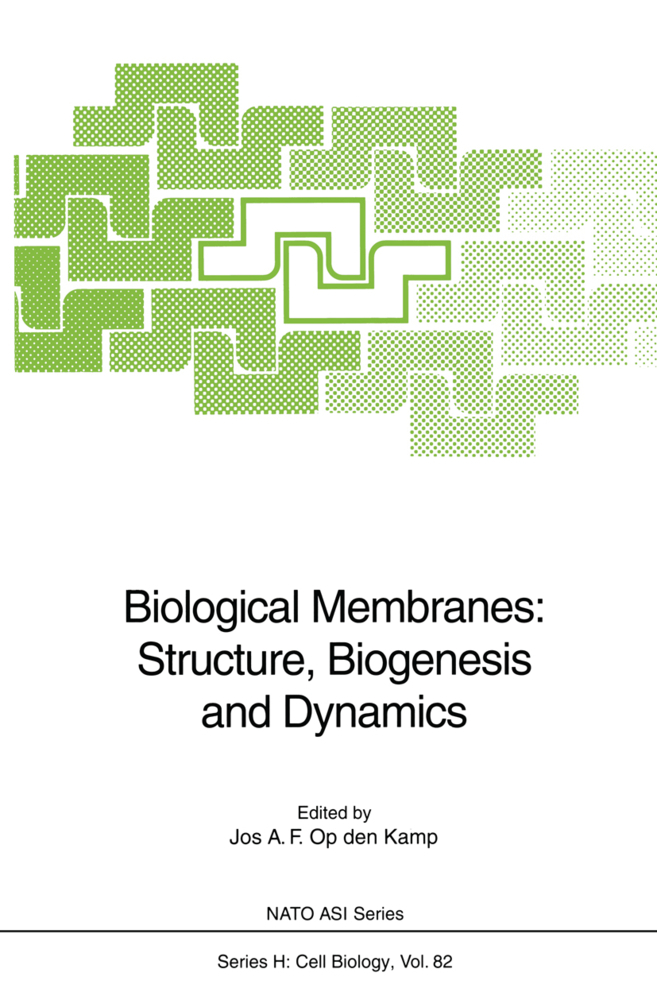Plant Proteomics highlights rapid progress in this field, with emphasis on recent work in model plant species, sub-cellular organelles, and specific aspects of the plant life cycle such as signaling, reproduction and stress physiology. Several chapters present a detailed look at diverse integrated approaches, including advanced proteomic techniques combined with functional genomics, bioinformatics, metabolomics and molecular cell biology, making this book a valuable resource for a broad spectrum of readers.
Jozef Samaj received his Ph.D. degree in Plant Physiology from the Comenius University in Bratislava, Slovakia. He completed three post-doctoral programmes supported by Eurosilva, the Alexander von Humboldt Foundation, and the EU Marie Curie Programme in the highly regarded laboratories of Alain Boudet in Toulouse, Dieter Volkmann in Bonn, and Heribert Hirt in Vienna. He worked on the cell biology of somatic embryogenesis, lignification in tree species, arabinogalactan proteins, the cytoskeleton, and signalling proteins. Jozef Samaj has co-edited three books and co-authored more than 75 research papers, reviews, and book chapters. He is a senior lecturer and group leader at the Institute of Cellular and Molecular Botany in Bonn, Germany, and senior researcher at the Institute of Plant Genetics and Biotechnology, Slovak Academy of Sciences, Nitra, Slovakia. His current research is focussed on the role of signalling components and the cytoskeleton in relation to the vesicular trafficking during plant development and stress responses using integrated cell-biological and functional proteomics approaches.
Jay Thelen received his B.Sc. degree in Biology and Biochemistry from the University of Nebraska-Lincoln in 1993. He earned his Ph.D. from the University of Missouri-Columbia (UMC) studying the structure and regulation of plant mitochondrial pyruvate dehydrogenase complexes under the guidance of Douglas Randall. In 1999 he started a 3-year postdoctoral position in John Ohlrogge's lab at Michigan State University investigating the plastid acetyl-CoA carboxylase protein complex. He returned to UMC in 2002 as the Associate Director of a campus Proteomics Center. In 2004, he was promoted to Assistant Professor in the Biochemistry Department, a position he currently holds. He has authored or co-authored 35 research and review articles since 1994. His research interests are centered around the regulation of plant metabolism, particularly carbon assimilation in oilseeds, and multienzyme metabolic complexes. He is currently studying seed filling in numerous crop oilseeds, using various quantitative proteomics approaches. He is also investigating global phosphoprotein networks involved in seed development and is developing improved strategies for quantitative proteomics.
1 Introduction to Proteomics: a Brief Historical Perspective on Contemporary Approaches
2 High-Resolution Two-Dimensional Gel Electrophoresis: A Cornerstone of Plant Proteomics3 An Introduction to Proteomics Data Analysis
4 Phosphoproteomics in Plants
5 High-Throughput Identification of Plant Protein Kinase Substrates
6 Discovery via Proteomics of a Novel Cell Signalling Pathway in Plants Involving Extracellular ATP
7 Cereal Proteomics
8 Current Status of Arabidopsis thaliana Proteomics
9 Proteomics of Medicago truncatula
10 Proteomics of Seed Development in Oilseed Crops
11 Proteome Analysis of Nicotiana tabacum Suspension Cultures
12 Cell Wall Proteome
13 Plasma Membrane Proteomics
14 The Proteomes of Chloroplasts and other Plastids
15 The Plant Mitochondrial Proteome
16 Proteomic Analysis of the Plant Nucleolus
17 Pollen and Pollen Tube Proteomics
18 Plant Proteomics Upon Fungal Attack
19 Metabolic Intricacies of the Symbiotic Association between Soybean and Bradyrhizobium japonicum: A Proteomic Outlook
20 Proteomes in Arbuscular Mycorrhizal Symbiosis
21 Plant Proteome Responses to Abiotic Stress.
| ISBN | 9783540726173 |
|---|---|
| Artikelnummer | 9783540726173 |
| Medientyp | E-Book - PDF |
| Auflage | 2. Aufl. |
| Copyrightjahr | 2007 |
| Verlag | Springer-Verlag |
| Umfang | 369 Seiten |
| Sprache | Englisch |
| Kopierschutz | Digitales Wasserzeichen |

